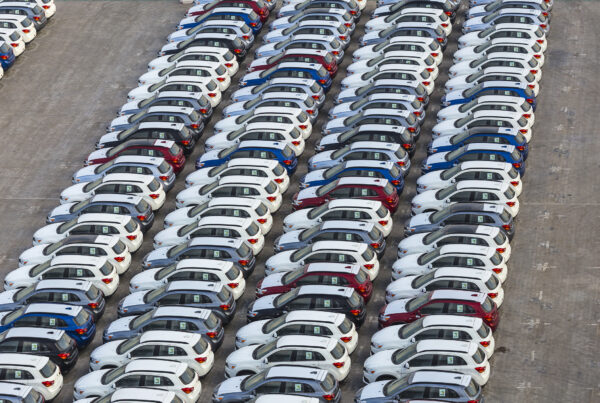Australian new car deliveries reached 96,859 units in July according to the Federal Chamber of Automotive Industries (FCAI) leading to the highest July on record. This is an increase of 14.7 percent on the same month in 2022 and breaks the previous July record of 92,754 in 2017.
According to FCAI Chief Executive Tony Weber, this indicates that the market is continuing to recover from the supply shortages caused by COVID plant shutdowns, shortages of microprocessors, as well as bottlenecks in logistics and shipping globally.
“During the past twelve months the issue has been one of securing supply for consumers, however as these pressures ease, we are starting to see a return to more stable market conditions,” Mr Weber said.
“Many of these vehicles were ordered several months ago, so it is important to monitor the broader economic conditions through 2023 and their impact on private and business demand.
July Car Market by the Numbers
Sales across every State and Territory increased this month compared with July 2022. Sales in the Australian Capital Territory increased by 22.4 percent (1,438); New South Wales 11.3 percent (29,516); Queensland 4.3 percent (19,719); South Australia 17.0 percent (6,612); Tasmania 33.9 percent (1,777); Victoria 22.7 percent (27,097); Western Australia 21.6 percent (9,797) and Northern Territory 19.4 percent (903).
The Passenger Vehicle Market is up by 1,108 vehicle sales (6.9%) over the same month last year; the Sports Utility Market is up by 12,299 vehicle sales
(27.5%); the Light Commercial Market is down by 795 vehicle sales (-4.0%) and the Heavy Commercial Vehicle Market is down by 214 vehicle sales (-5.8%) versus
July 2022.
Mr Weber added that sales in the passenger vehicle segment remained at a historically low level, however many of these sales have transitioned into the SUV category.
“Passenger vehicles now represent 17.7 percent of the market in July while the SUV category now sits at 58.9 percent. However, contrary to widely held opinion, not all SUVs are large vehicles as 75 percent of SUV sales are in the medium, small and light categories.”
Toyota was the market leader in July, followed by Mazda and Ford. Toyota led Mazda with a margin of 10,884 vehicle sales and 11.2 market share points.
The Ford Ranger was the top-selling vehicle recording 5,143 sales. It was followed by Toyota Hi-Lux (4,670), MG ZS (3,852), Tesla Model Y (3,330), and Toyota RAV4 (2,750).
Sales of zero and low-emission vehicles continued to grow with 17.9 percent being battery electric, hybrid, or plug-in hybrid models. Battery electric vehicles accounted for 7.0 percent of July sales.
Did you find this article interesting? Give it a ‘like’ by clicking the ‘heart’ button above!


















